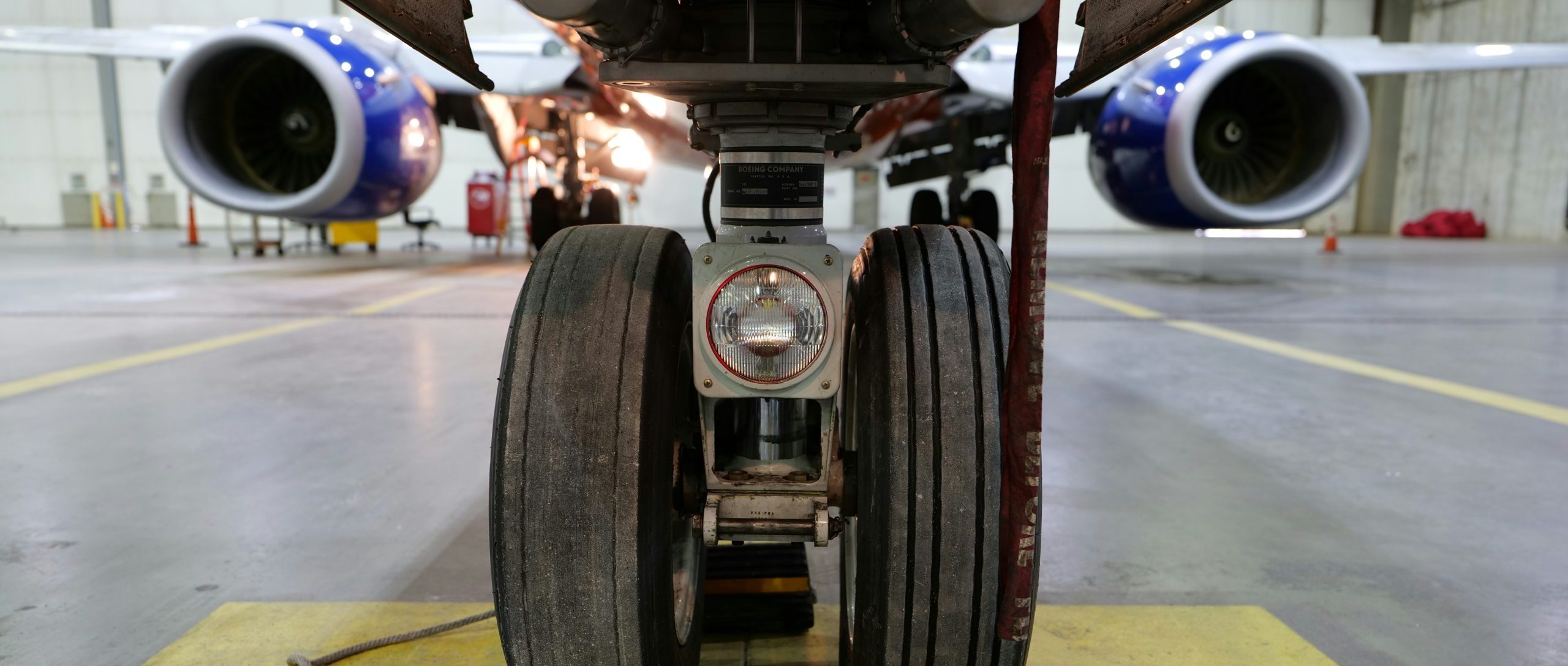In the vast and dynamic world of aviation, the safety and airworthiness of aircraft rely heavily on meticulous and systematic maintenance procedures. From routine inspections to complex repairs, maintenance procedures form the backbone of aviation maintenance operations, ensuring that aircraft remain safe, reliable, and compliant with regulatory standards. In this comprehensive article, we embark on a journey through the intricate landscape of aviation maintenance procedures, exploring their importance, key components, and best practices.
Importance of Maintenance Procedures
Maintenance procedures are the cornerstone of aviation safety, serving as a structured framework for performing maintenance tasks in a safe, efficient, and consistent manner. These procedures outline step-by-step instructions for inspecting, troubleshooting, repairing, and maintaining various aircraft systems, components, and structures.
At the heart of maintenance procedures lies a commitment to safety and airworthiness, with every task designed to identify and address potential issues before they compromise the integrity of the aircraft. By adhering to standardized procedures, maintenance personnel can ensure that maintenance activities are performed accurately, thoroughly, and in accordance with regulatory requirements.
Key Components of Maintenance Procedures
Maintenance procedures encompass a wide range of tasks and activities, each designed to address specific maintenance needs and requirements. While the exact content of maintenance procedures may vary depending on factors such as aircraft type, manufacturer, and regulatory jurisdiction, they typically include the following key components:
- Preparation: Maintenance procedures often begin with a preparation phase, where maintenance personnel gather the necessary tools, equipment, and documentation needed to perform the task. This may include reviewing technical manuals, obtaining required parts and materials, and ensuring that safety precautions are in place.
- Inspection: Inspection is a fundamental aspect of maintenance procedures, involving a thorough examination of aircraft systems, components, and structures to identify any signs of wear, damage, or malfunction. Inspections may be visual, tactile, or aided by diagnostic equipment, depending on the nature of the task.
- Troubleshooting: Troubleshooting is the process of identifying and diagnosing problems or discrepancies discovered during inspections. This may involve performing tests, measurements, or system checks to isolate the root cause of the issue and determine the appropriate course of action.
- Repair and Replacement: Once the problem has been identified, maintenance procedures outline the steps for repairing or replacing faulty components or systems. This may involve tasks such as removing and reinstalling parts, repairing damaged structures, or recalibrating systems to restore functionality.
- Testing and Verification: After completing repairs or replacements, maintenance procedures typically include testing and verification steps to ensure that the maintenance work has been performed correctly and that the aircraft is operating safely and within specifications. This may involve functional tests, performance checks, or system validations to confirm proper operation.
- Documentation: Documentation is a critical aspect of maintenance procedures, providing a record of all maintenance activities performed on an aircraft. This includes documenting details such as the date and time of maintenance, the nature of the work performed, any parts or materials used, and the signatures of personnel involved in the maintenance process.
Best Practices for Maintenance Procedures
While maintenance procedures may vary in complexity and scope, there are several best practices that can help ensure their effectiveness and reliability:
- Standardization: Standardizing maintenance procedures across an organization helps to ensure consistency, reliability, and compliance with regulatory requirements. Procedures should be documented in detail and updated regularly to reflect changes in technology, regulations, or best practices.
- Training and Education: Providing comprehensive training and education programs for maintenance personnel ensures that they have the knowledge, skills, and competencies needed to perform maintenance procedures safely and effectively. Training should cover not only technical aspects but also topics such as safety, regulatory compliance, and human factors.
- Continuous Improvement: Encouraging a culture of continuous improvement within the organization fosters innovation, efficiency, and excellence in maintenance operations. Regular reviews, audits, and evaluations help to identify opportunities for enhancing procedures, addressing deficiencies, and implementing corrective actions as needed.
- Safety First: Prioritizing safety in all maintenance activities is essential for protecting personnel, equipment, and assets. Safety precautions should be integrated into maintenance procedures at every step, and personnel should be empowered to raise safety concerns and report hazards without fear of reprisal.
- Collaboration and Communication: Effective collaboration and communication between maintenance personnel, management, and other stakeholders are essential for ensuring that maintenance procedures are understood, followed, and continuously improved. Clear communication channels should be established to facilitate the exchange of information, feedback, and insights.
Conclusion
In conclusion, maintenance procedures are the bedrock of aviation maintenance operations, providing a structured framework for ensuring the safety, reliability, and airworthiness of aircraft. By adhering to standardized procedures, training personnel effectively, and fostering a culture of continuous improvement, aviation maintenance organizations can enhance efficiency, minimize risks, and uphold the highest standards of safety and compliance. Through meticulous attention to detail and a steadfast commitment to excellence, maintenance personnel play a vital role in mastering the skies and ensuring the continued safety and reliability of the global aviation fleet.

